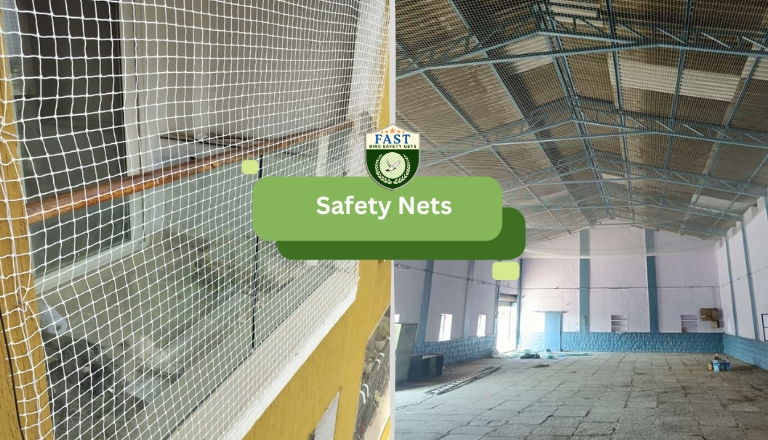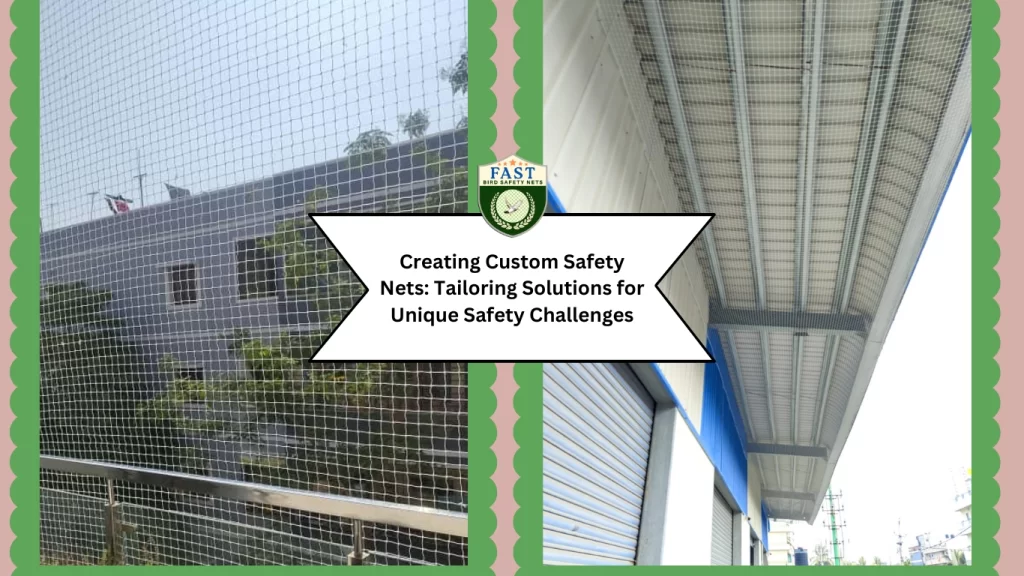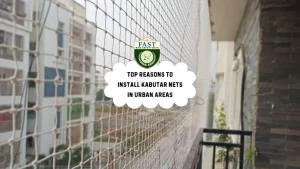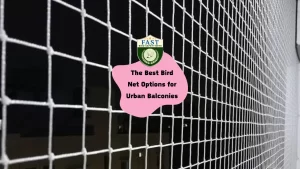Custom safety nets have become essential in addressing unique safety challenges across diverse environments. While traditional safety nets provide basic protection, they may not adequately address specific hazards or constraints. Customized solutions offer a tailored approach to ensure optimal safety measures are in place. This article delves into the significance of custom safety nets, their design process, applications, and benefits across various industries and settings.
Understanding the Importance of Safety Nets:
Traditional safety nets serve as fundamental safeguards in many industries, offering protection against falls and other hazards. However, they often fall short when it comes to addressing unique safety challenges. Safety nets are designed to overcome these limitations by providing tailored solutions that effectively mitigate specific risks and hazards. Whether it’s an industrial facility, construction site, or residential property, custom nets offer unparalleled safety measures.
Assessing Unique Safety Challenges:
Before creating Safety nets, it’s crucial to conduct a comprehensive assessment of the specific safety hazards and risks present in the environment. Factors such as the nature of the industry, operational processes, environmental conditions, and regulatory requirements must be considered. By understanding these unique challenges, safety experts can develop customized solutions that address specific safety concerns effectively.
Designing Tailored Solutions:
The design process for safety nets involves collaboration between safety experts and clients to develop solutions that meet precise requirements. This includes customizing materials, dimensions, and configurations to ensure optimal effectiveness. Specialized features such as reinforced edges, adjustable tensioning systems, and color-coded panels may be incorporated to enhance safety and functionality.
Applications of Custom Safety Nets:
Safety nets find applications across a wide range of industries and settings, including:
Industrial settings: Industrial Safety Nets protects machinery, equipment, and personnel from falling objects and debris.
Construction sites: Preventing falls from height and creating safe work zones.
Residential properties: Childproofing balconies, staircases, and windows to prevent accidents.
Sports facilities: Ensuring spectator safety and protecting players from falls or collisions.
Agricultural environments: Safeguarding livestock, crops, and workers from potential hazards.

Benefits of Custom Safety Nets:
The benefits of safety nets include:
Enhanced safety and accident prevention tailored to specific hazards. Improved efficiency and productivity by mitigating risks and minimizing downtime. Cost-effectiveness through targeted solutions that address precise safety concerns.
Versatility to adapt to evolving safety needs and changing operational requirements.
The Process of Creating Custom Safety Nets:
The creation of safety nets involves several key steps: Initial consultation and assessment to identify safety requirements and objectives. Conceptual design and feasibility analysis to develop tailored solutions. Prototyping and testing to ensure quality, durability, and compliance with safety standards. Production and installation of custom nets with precision and attention to detail.
Case Studies: Real-Life Examples of Custom Safety Nets:
Several case studies demonstrate the effectiveness of safety nets in various industries and settings.
For instance:
A safety net designed for an industrial facility reduced the risk of falling objects, improving worker safety and productivity. Custom nets installed on a construction site prevented falls from height, resulting in zero accidents during the project. Residential properties fitted with custom balcony nets experienced a significant decrease in accidents and injuries among residents.
Compliance with Safety Standards and Regulations:
Custom safety nets must comply with industry-specific regulations and safety standards. Safety experts ensure that custom nets meet or exceed these requirements through rigorous testing and certification processes. Collaboration with regulatory agencies and safety authorities ensures adherence to the highest safety standards.
Advancements in Safety Net Technology:
Advancements in technology have led to the development of innovative features and materials for safety nets. Integration with IoT and smart sensor technology enables real-time monitoring and alerts for potential safety hazards. Advanced materials such as high-strength polymers and composite fibers offer increased durability and performance in challenging environments.
Conclusion:
Safety nets play a crucial role in addressing unique safety challenges across diverse industries and environments. By offering tailored solutions that effectively mitigate specific risks and hazards, custom nets enhance safety measures and protect personnel, assets, and the environment. From industrial facilities to residential properties, custom safety nets provide peace of mind and assurance that safety concerns are adequately addressed.






